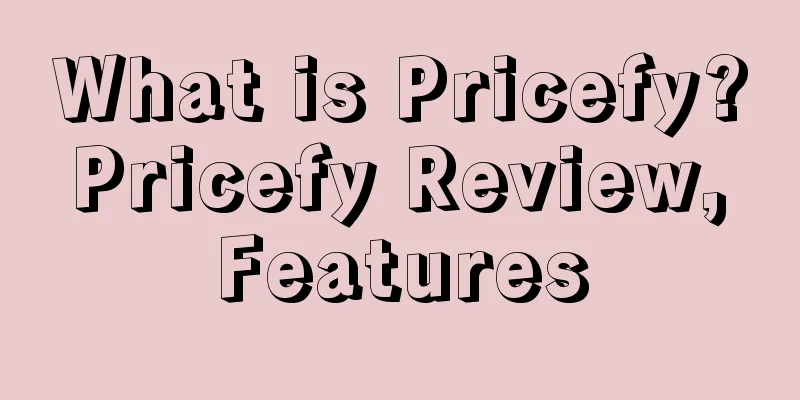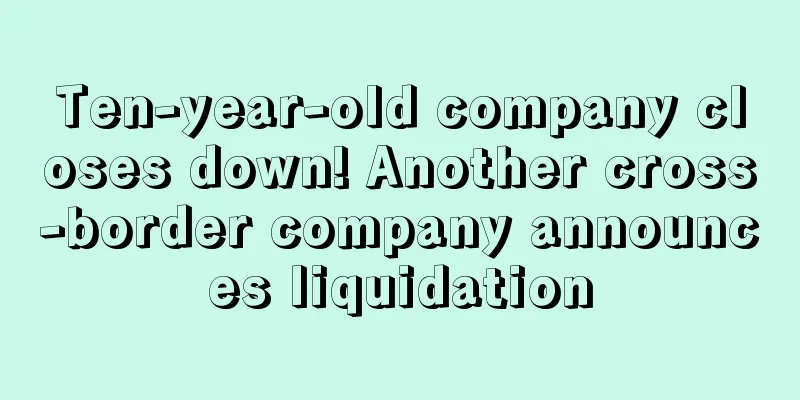Italy proposes a three-year tax inspection plan to crack down on tax evasion

|
Recently, the Italian Tax Administration has formulated a three-year tax inspection plan to conduct tax inspections on small businesses, professionals and self-employed persons, and to carry out large-scale tax audits from 2021 to 2023.
It is reported that this tax inspection will strengthen tax inspections on small businesses, professionals and self-employed persons, especially those with low scores in the comprehensive tax reliability index. According to the Italian tax authorities' plan, the authorities expect to recover about 14 billion euros in taxes in 2021, 15.36 billion euros in taxes in 2022, and 15.32 billion euros in taxes in 2023. Therefore, from now on, the tax authorities will be more intensive and targeted, and will conduct audits and inspections on taxpayers with high risks of tax evasion.
The Italian tax authorities said that in the process of combating tax evasion, they will use more perfect methods to process the data information in the big database and will continuously update the inspection mechanism. The first inspection method adopted by the tax authorities is to review and compare the contents of the tax return with the contents registered by the financial institutions and the taxpayers' bank statements.
In fact, in recent years, Italy's VAT evasion has been a "hard-hit area" in the European Union . According to preliminary statistics from the Italian tax department, the total amount of tax evasion in Italy is at least 130 billion euros, accounting for 8% of the country's GDP and 16% of all taxes payable.
To this end, Italy has introduced a number of policies to combat VAT fraud, requiring major e-commerce platforms to provide the Italian tax authorities with information on sellers who sell goods to Italy through their platforms. The information includes: company name, address, email address, list of total quantity of goods sold in Italy, total sales or average selling price.
Regarding VAT compliance in Italy, sellers must first understand whether they are subject to VAT payment obligations. Generally, sellers who meet one of the following conditions are required to fulfill VAT payment obligations:
1. Import goods from non-EU countries to Italy;
2. Use local warehouses in Italy (including third-party self-built warehouses) to sell or transship goods across borders;
3. B2C sales of goods from other EU countries to Italy that exceed the Italian distance sales limit. Overseas warehouse E-commerce platform Cross-border e-commerce market |
<<: With a valuation of $39 billion, Instacart is growing strongly in the United States
>>: German electronics retailer MediaMarkt expands into Türkiye as online sales grow 400%
Recommend
Outrageous! Amazon refunds orders from four years ago
Having worked on Amazon for a long time, you will...
Amazon driver "attacked" his own warehouse, the seller said: I will deliver the goods myself!
As one of the world's largest employers, Amaz...
The most popular styles of clothing for Southeast Asian women in 2022
Women's clothing has always been a popular ca...
What is gretelhome? gretelhome Review, Features
Founded in 2009 by British interior designer Abby ...
What is Midongdong·AI Marketing Calendar? Midongdong·AI Marketing Calendar Review, Features
Midongdong AI Marketing Calendar is divided into ...
Amazon's warehouses are seriously full, sellers: Black Friday and Cyber Monday are the fault of unsold goods
"The peak season has become history." A...
What is Product Description (Long Description)? Product Description (Long Description) Review, Features
Product description is the long description of Am...
ALDI to enter online shopping, plans to open 20 new stores
ALDI to enter online shopping, plans to open 20 n...
Too sudden! Shenzhen's 30-year-old foreign trade company announces closure
From 2023 to now, the global economy has continue...
Amazon seller's account was blocked after "swearing" at customer service: 9 out of 10 customer service staff are idiots
"Looking at the sales volume, my mood goes u...
What is AZLabels
AZLabels is a browser-based Amazon plugin tool th...
What is ZIM Logistics (China) Co., Ltd.? ZIM Logistics (China) Co., Ltd. Review, Features
<span data-docs-delta="[[20,{"gallery"...
Amazon launches account protection plan, sellers: should it be blocked or not?
It is reported that Amazon officially issued an a...
What is Fusionzoom? Fusionzoom Review, Features
Fusionzoom (Ark) ERP is affiliated to Shenzhen Yi...
Online orders increased by 15%! Japanese consumers' online consumption trends in 2021 announced
Adobe recently released the digital economy trend...









